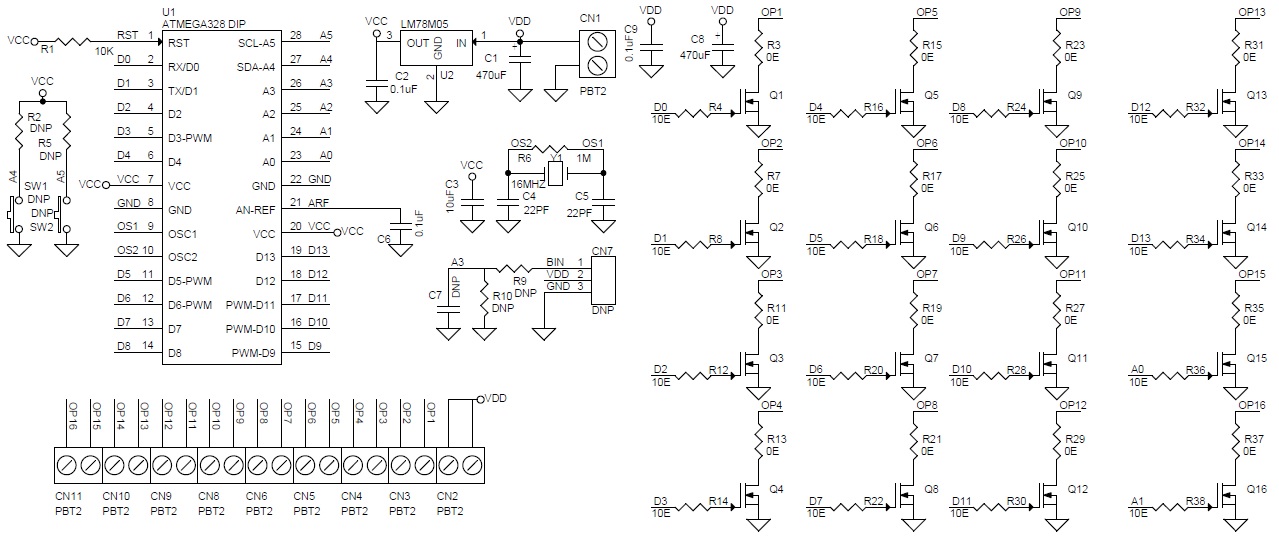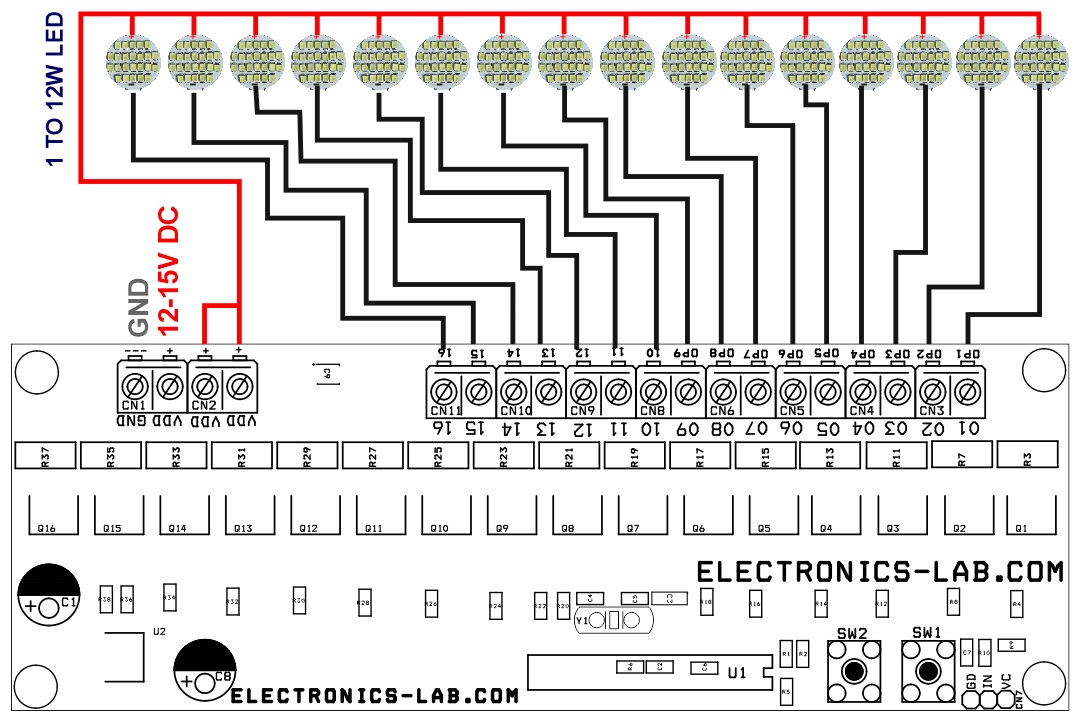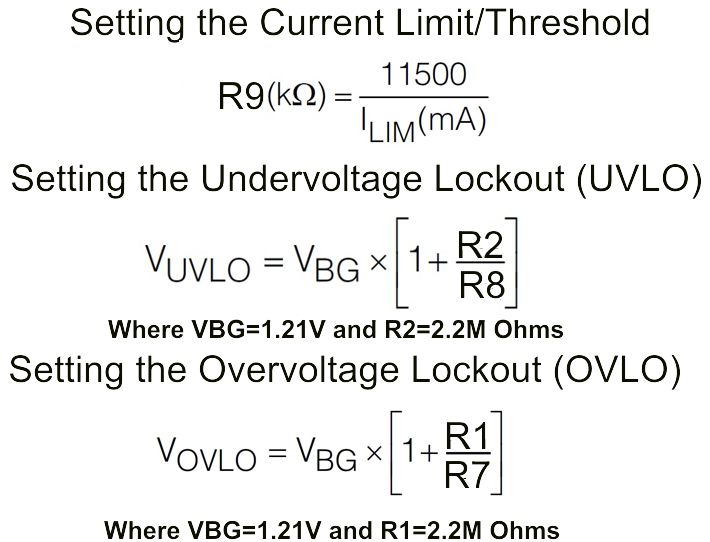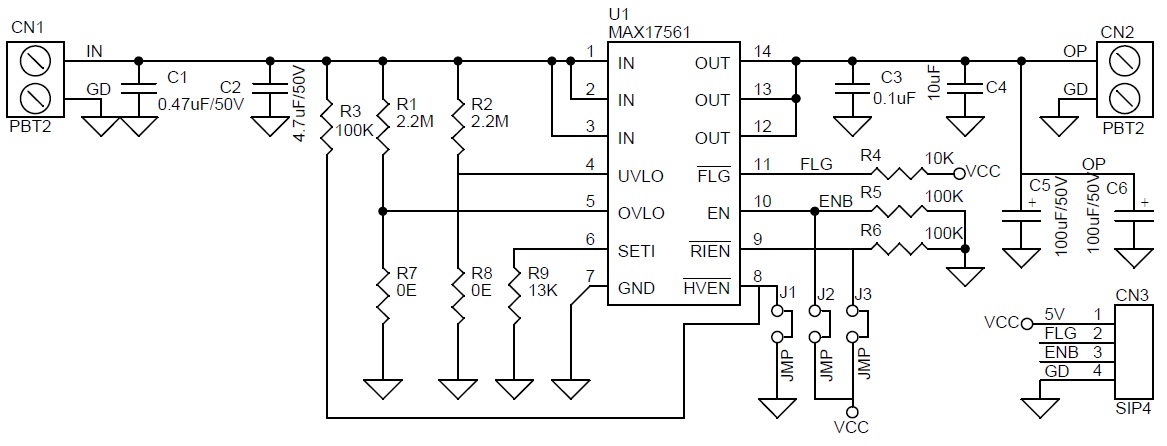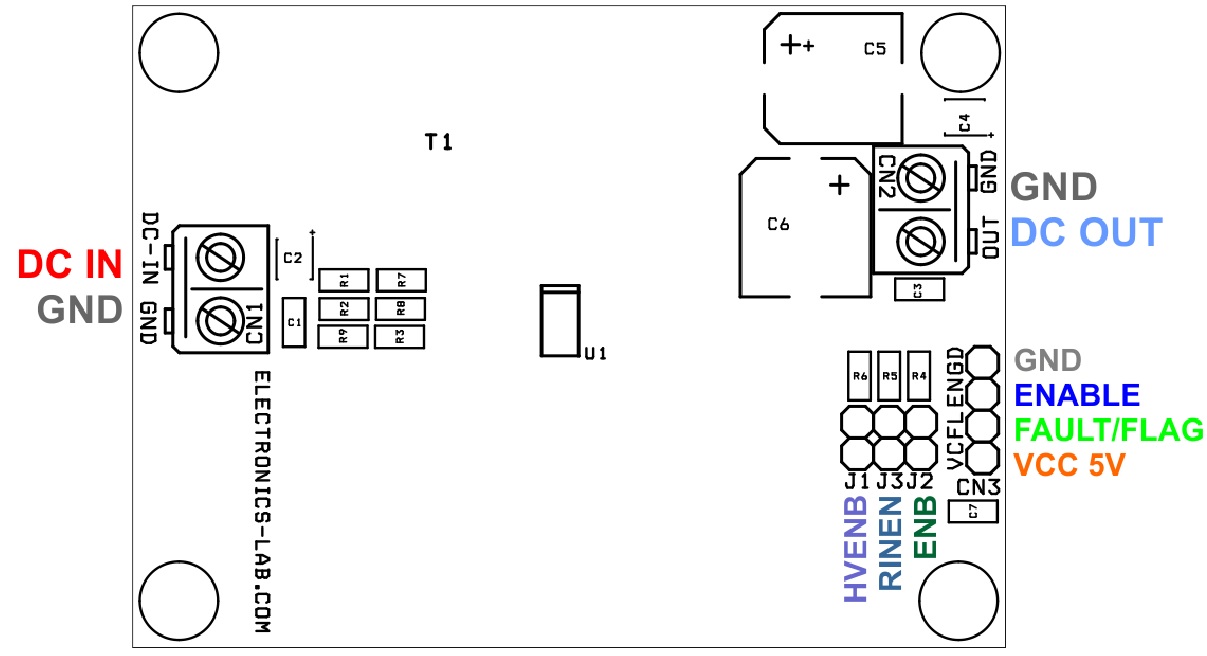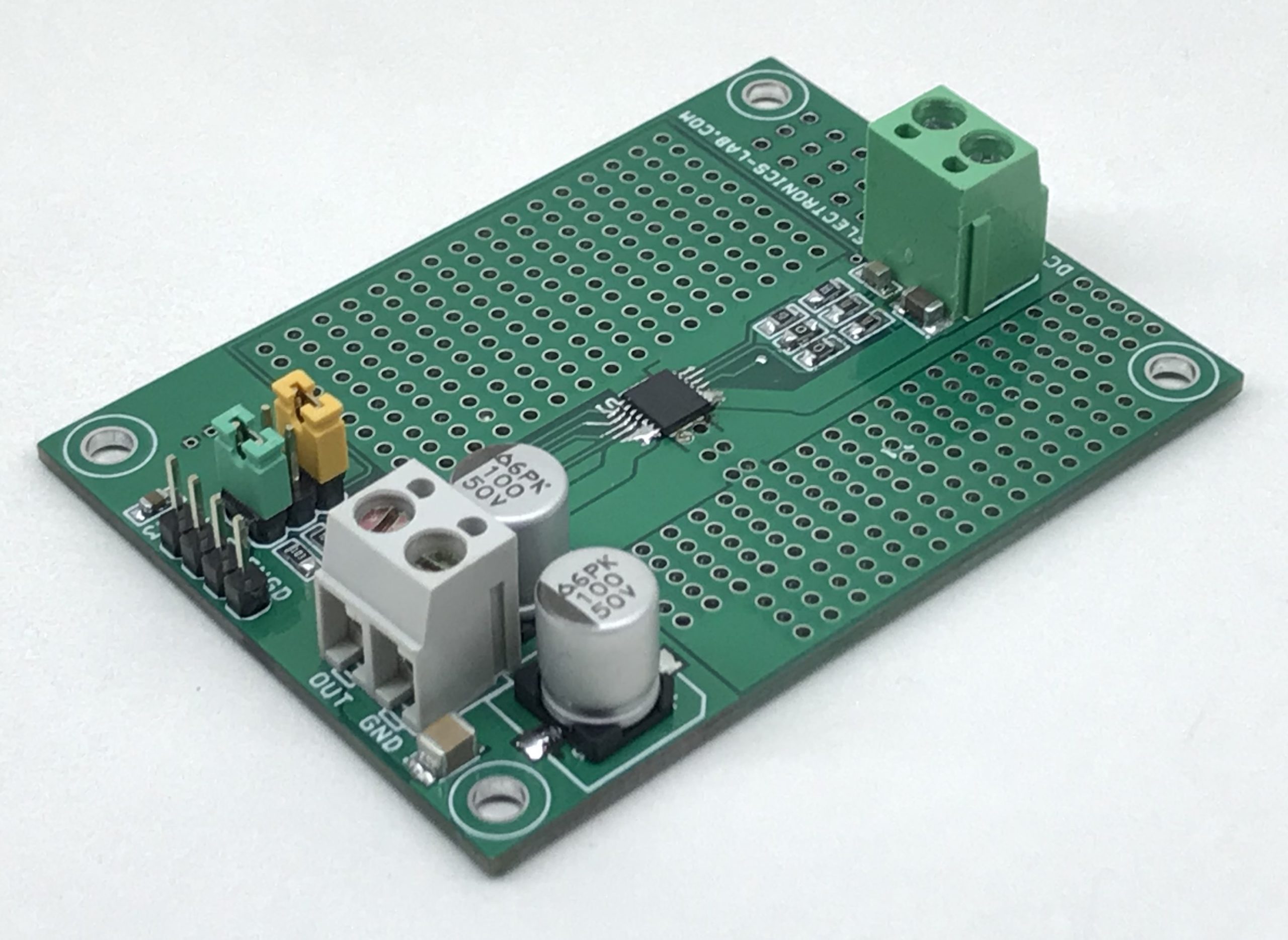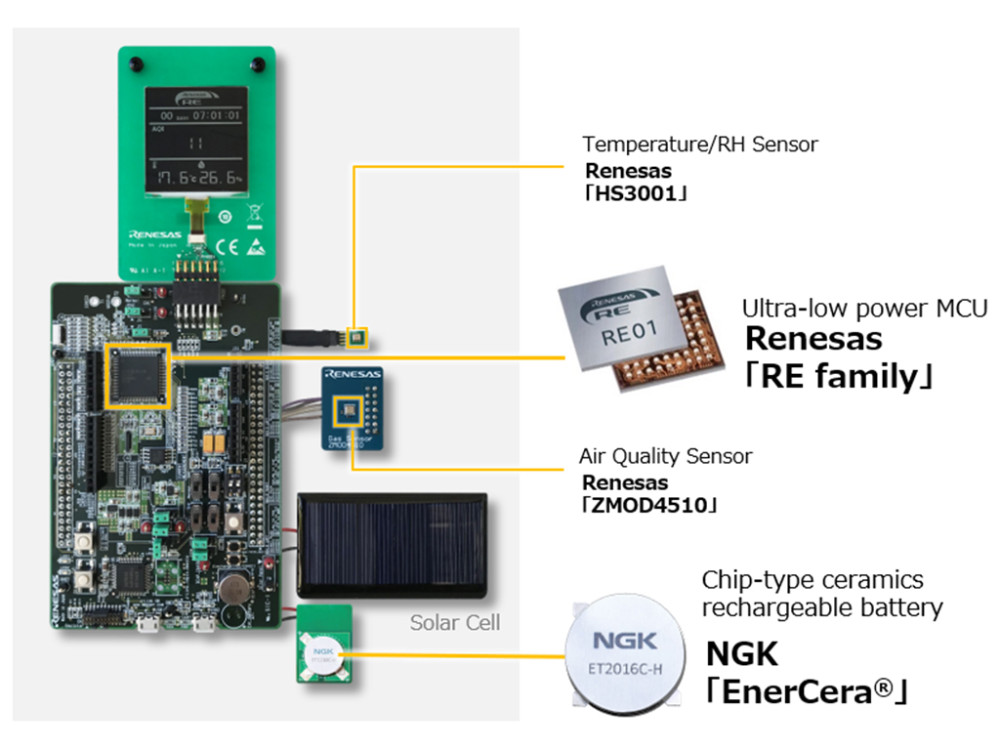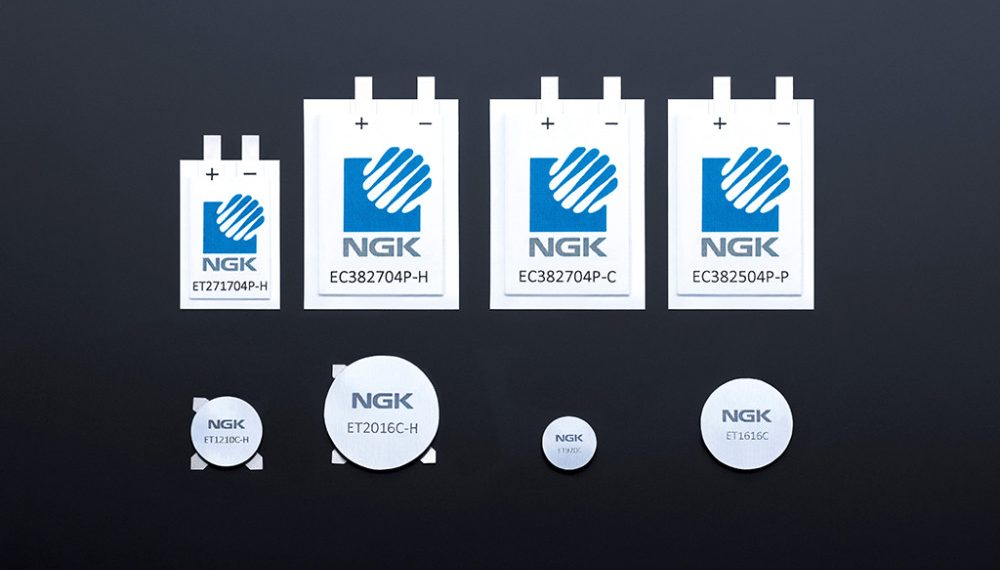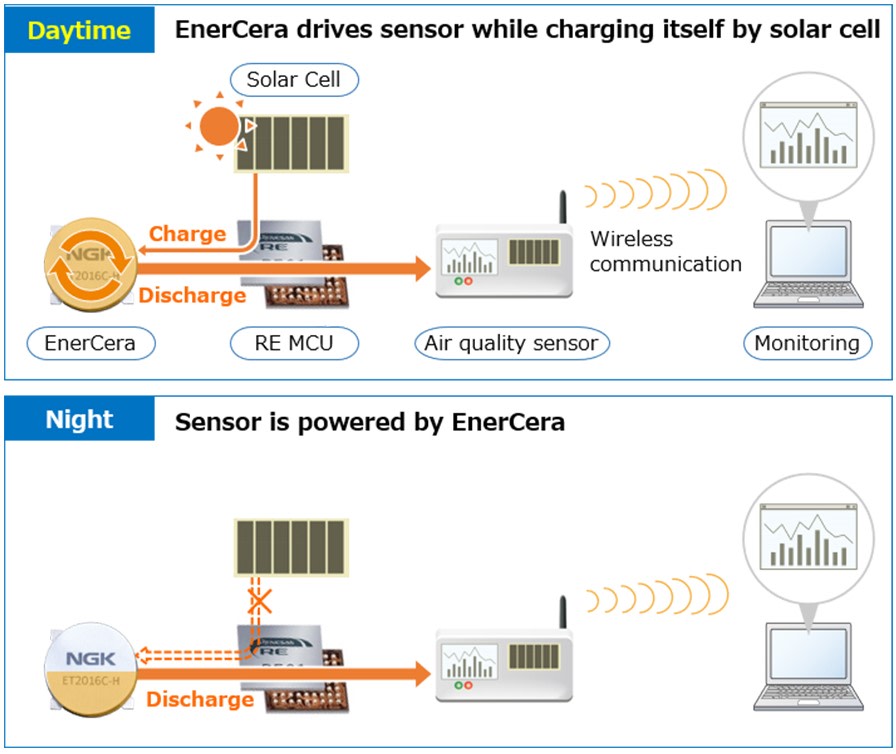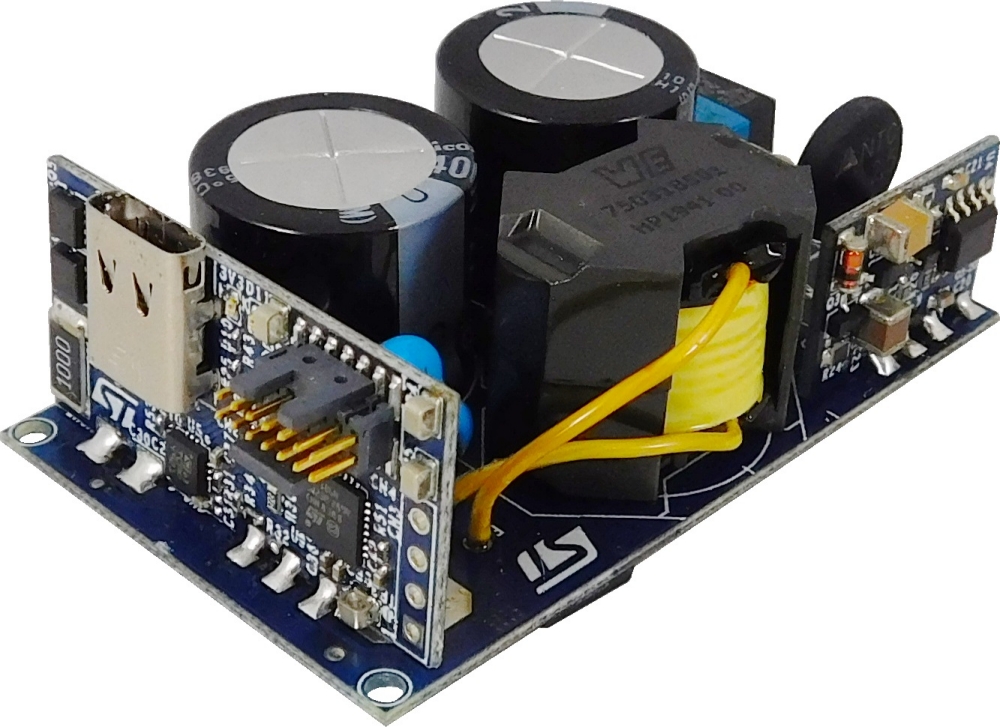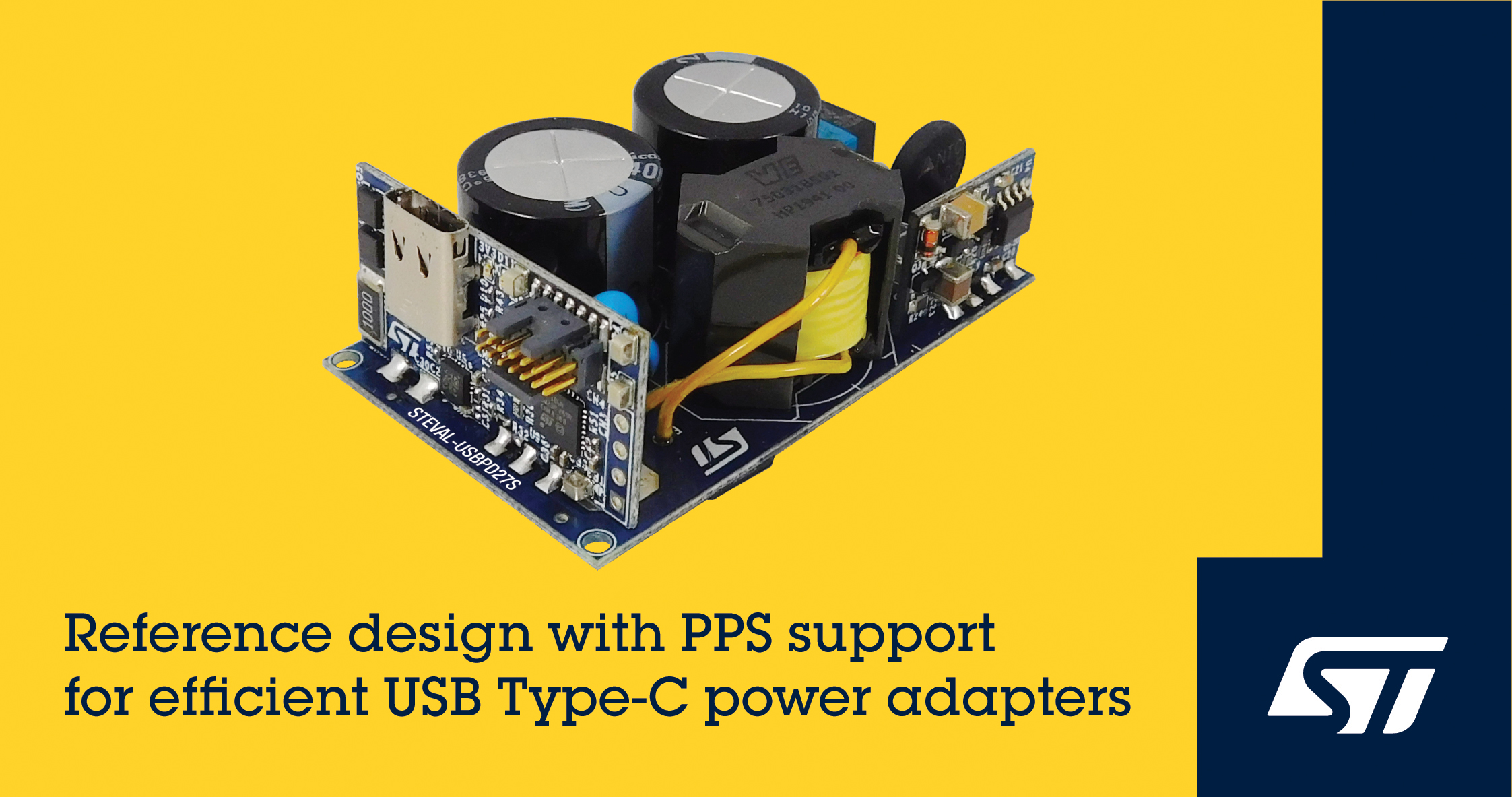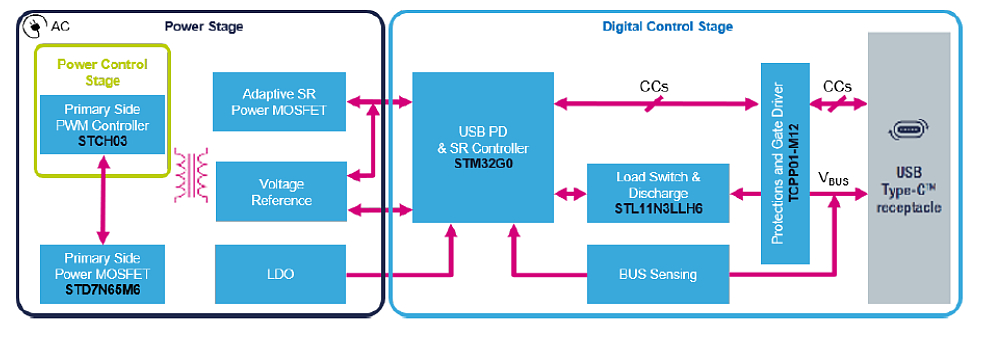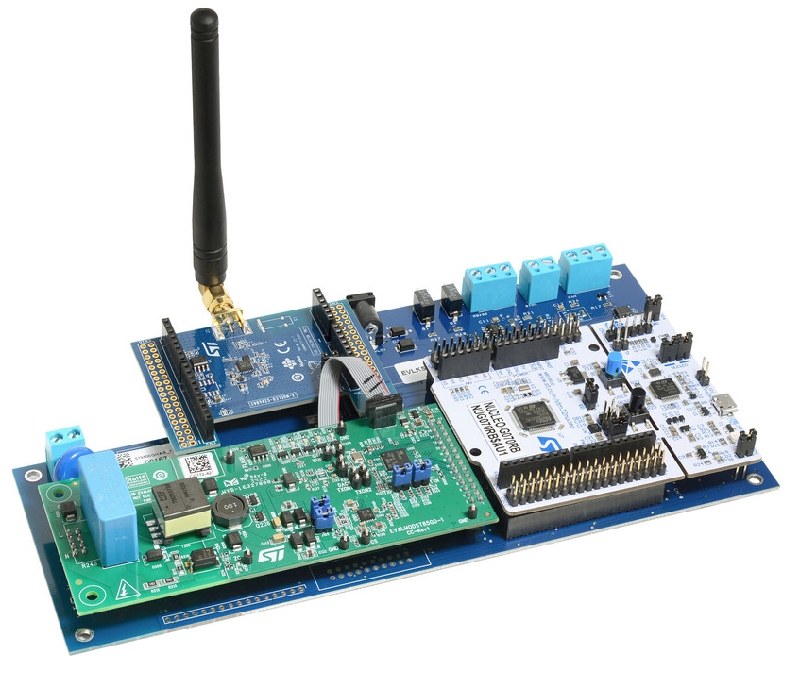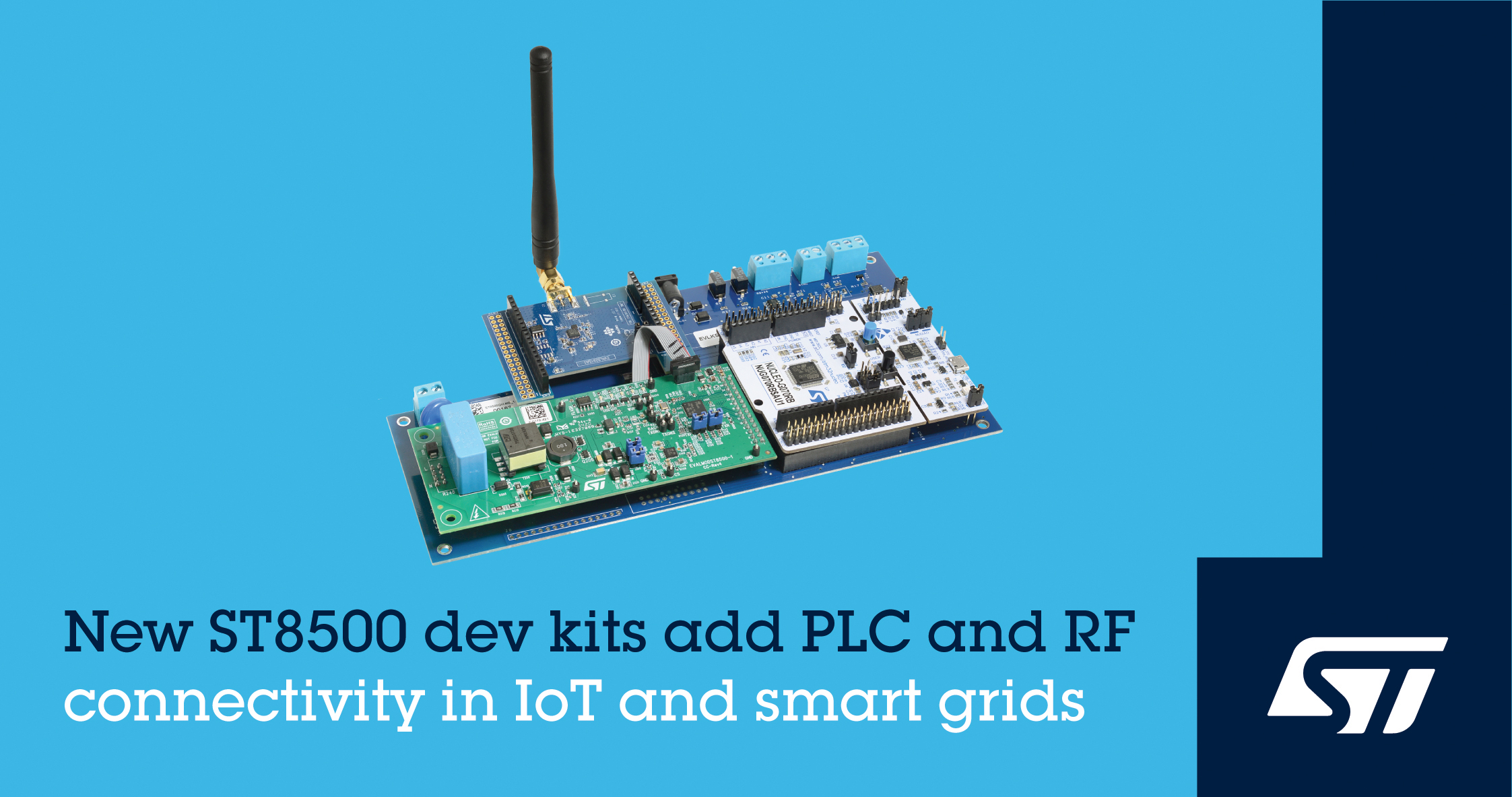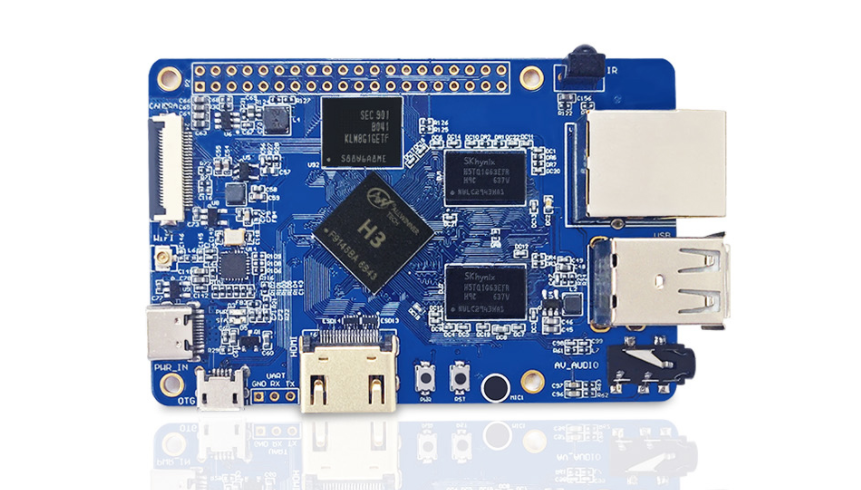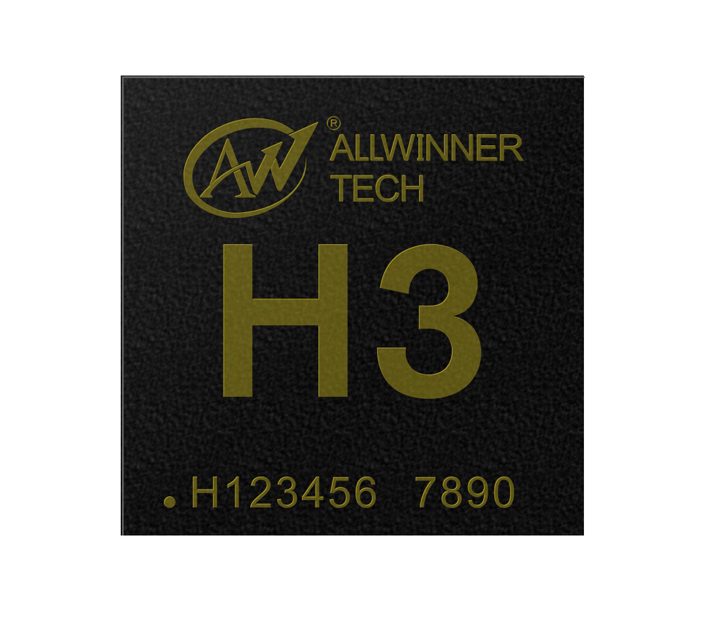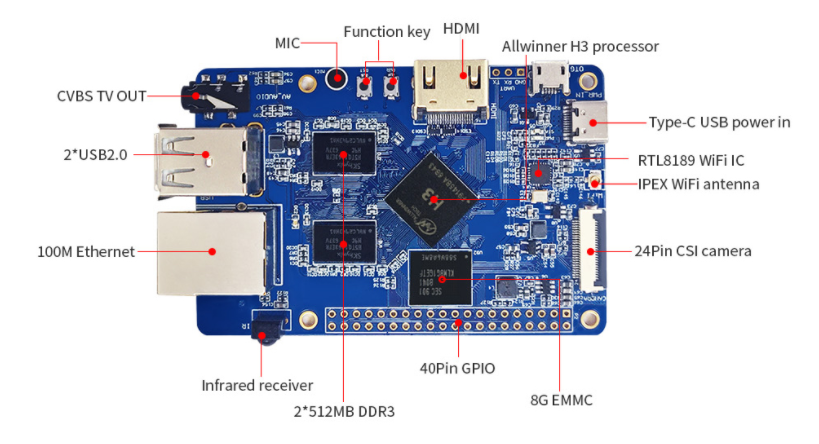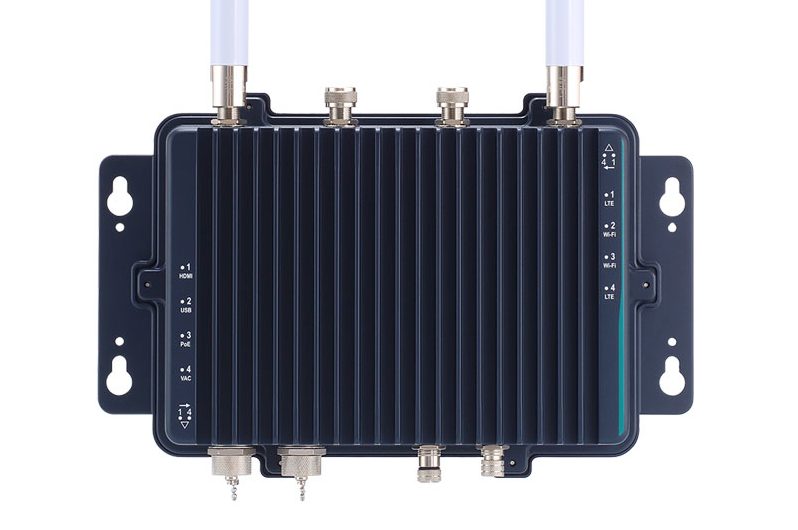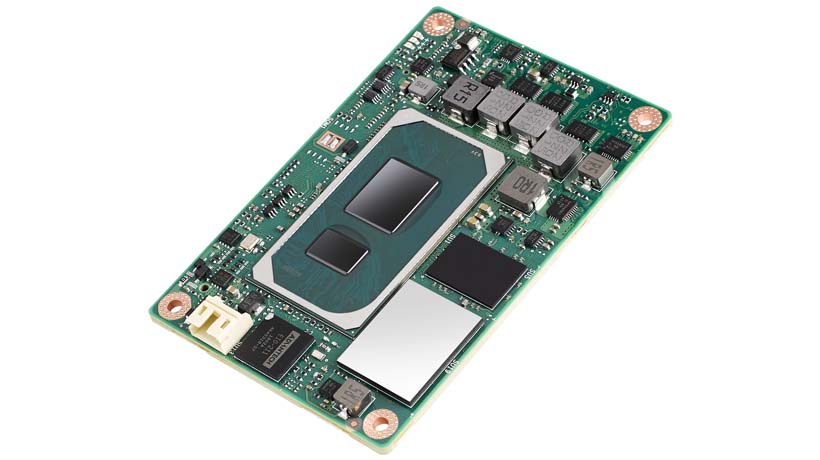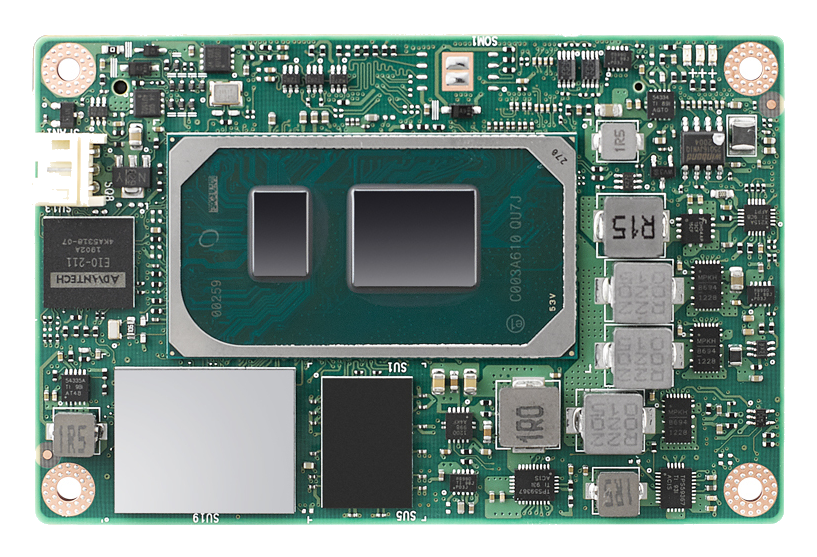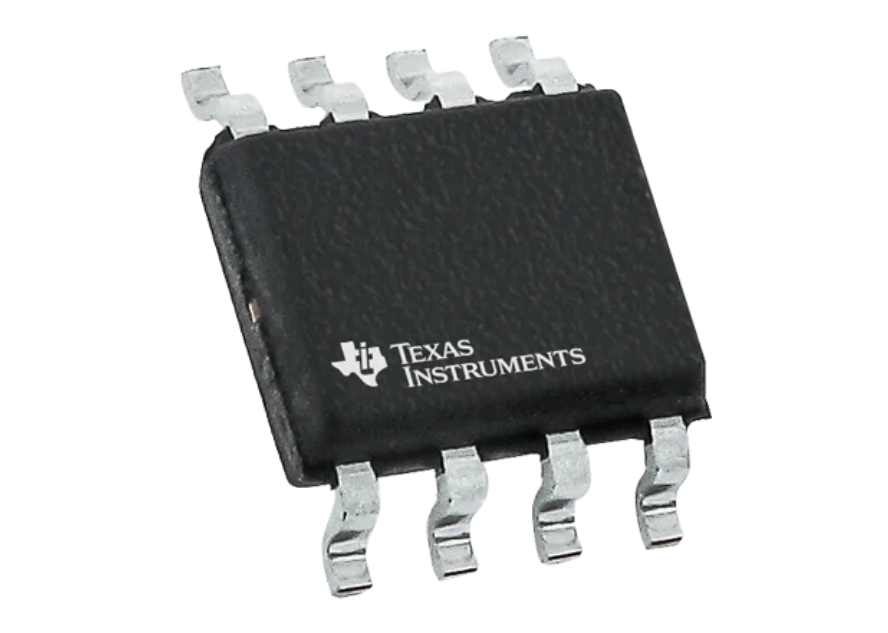This is a Knight Rider LED Light and it is one of the best Arduino projects for beginners. This board drives 16 high-power LEDs to turn them ON one by one sequentially. This is an open-source Arduino compatible project that contains 16 high current MOSFETs, Atmega328 microcontroller, 5V regulator etc. The gate of IRLR7843 MOSFETs is connected to the I/O pins of the Atmega328 chip. Screw terminals are provided to connect the LEDs and power supply. Additional 2 x tactile switches and one connector for analog input are provided for further experiments. Operating power supply 12V to 15V DC, each output can drive 1A constant current load (1W to 12 W LED) without cooling and load up to 2A with forced cool air.
Features
- Operating Power Supply 12 to 15V DC
- Load: Each Channel up to 1A Constant @ room Temperature, 2A Constant with Fan
- LED 1W to 12W (12-24W with proper cooling with Fan)
- PCB dimensions: 154.14 x 53.97 mm
Components and Operations
- R1>>Pullup for Reset Pin,
- R3, R15, R23, R31, R7, R17, R25, R33, R11, R19, R27, R35, R13, R21, R29, R37 >> Optional Series Resistors for current limiting
- R4, R16, R24, R32, R8, R18, R26, R34, R12, R20, R28, R36, R14, R22, R30, R38 >> Current Limiting Resistors for MOSFET Gate
- CN11, CN10, CN9, CN8, CN6, CN5, CN4, CN3, >> LED -/Cathode
- CN2 >> LED +/Anode
- CN1>> 12 to 15V Power Input
- Capacitor C1, C8, C9 >> DC Bus Filter Capacitors
- Capacitor C2, C3 >> DC Filter Capacitors for 5V Supply
- LM78M05>> 5V Regulator provides 5V to Micro-Controller from 12V Supply
- U1 ATMEGA328 >> Micro-Controller Loaded with Arduino Code
- C6 >> Filter Capacitor for Ref Voltage
- Crystal Y1, C4, C5, R6 >> Oscillator for Atmega328 Micro-Controller
- SW1, SW2, R2, R5, R10, C7, R9, CN7, >> Optional for additional development
Arduino Pins
- D0, D1, D2, D3, D4, D5, D6, D7, D8, D9, D10, D11, D12, D13, A0, A1 >> 16 LEDs
- A4, A4 >> Optional Tactile Switches
- A3>> Optional Analog Input
Code
Arduino example code is provided, follow the instructions below to load the Arduino Code into a new ATMEGA328 chip
Schematic
Parts List
| NO. | QNTY. | REF | DESC. | SUPPLIER/MANUFACTURER |
|---|---|---|---|---|
| 1 | 10 | CN1,CN2,CN3,CN4,CN5,CN6,CN8,CN9,CN10,CN11 | 2 PIN SCREW TERMINAL 5.08MM PITCH | DIGIKEY 277-1247-ND |
| 2 | 8 | SW1,SW2,R2,R5,CN7,C7,R9,R10 | DNP | OMIT |
| 3 | 2 | C1,C8 | 470uF/25V ELECTROLYTIC | DIGIKEY 1189-1869-ND |
| 4 | 3 | C2,C6,C9 | 0.1uF/50V SMD SIZE 0805 | YAGEO |
| 5 | 1 | C3 | 10uF/25V SMD SIZE 1210 | YAGEO |
| 6 | 2 | C4,C5 | 22PF/50V SMD SIZE 0805 | YAGEO |
| 7 | 16 | Q1,Q2,Q3,Q4,Q5,Q6,Q7,Q8,Q9,Q10,Q11,Q12,Q13,Q14,Q15,Q16 | IRLR7843 DPAK | DIGIKEY 448-IRLR7843TRLPBFCT-ND |
| 8 | 1 | R1 | 10K 5% SMD SIZE 0805 | YAGEO |
| 9 | 16 | R3,R7,R11,R13,R15,R17,R19,R21,R23,R25,R27,R29,R31,R33,R35,R37 | 0E OR AS PER APPLICATION SIZE 2512 | DIGIKEY CR2512-J/-000ELFCT-ND |
| 10 | 16 | R4,R8,R12,R14,R16,R18,R20,R22,R24,R26,R28,R30,R32,R34,R36,R38 | 10E 5% SMD SIZE 0805 | YAGEO |
| 11 | 1 | R6 | 1M 5% SMD SIZE 0805 | YAGEO |
| 12 | 1 | U1 | ATMEGA328 DIP | DIGIKEY ATMEGA328P-PU-ND |
| 13 | 1 | U2 | LM78M05 DPAK | DIGIKEY-MC78M05CDTGOS-ND |
| 14 | 1 | Y1 | 16MHZ THT | DIGIKEY X1103-ND |
Connections



